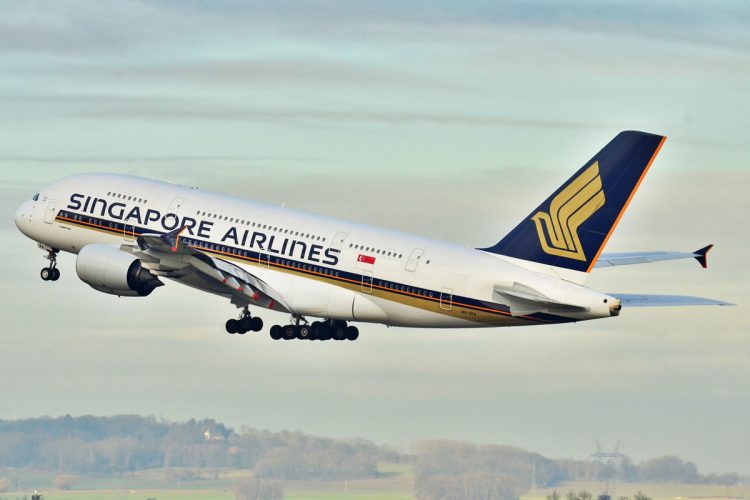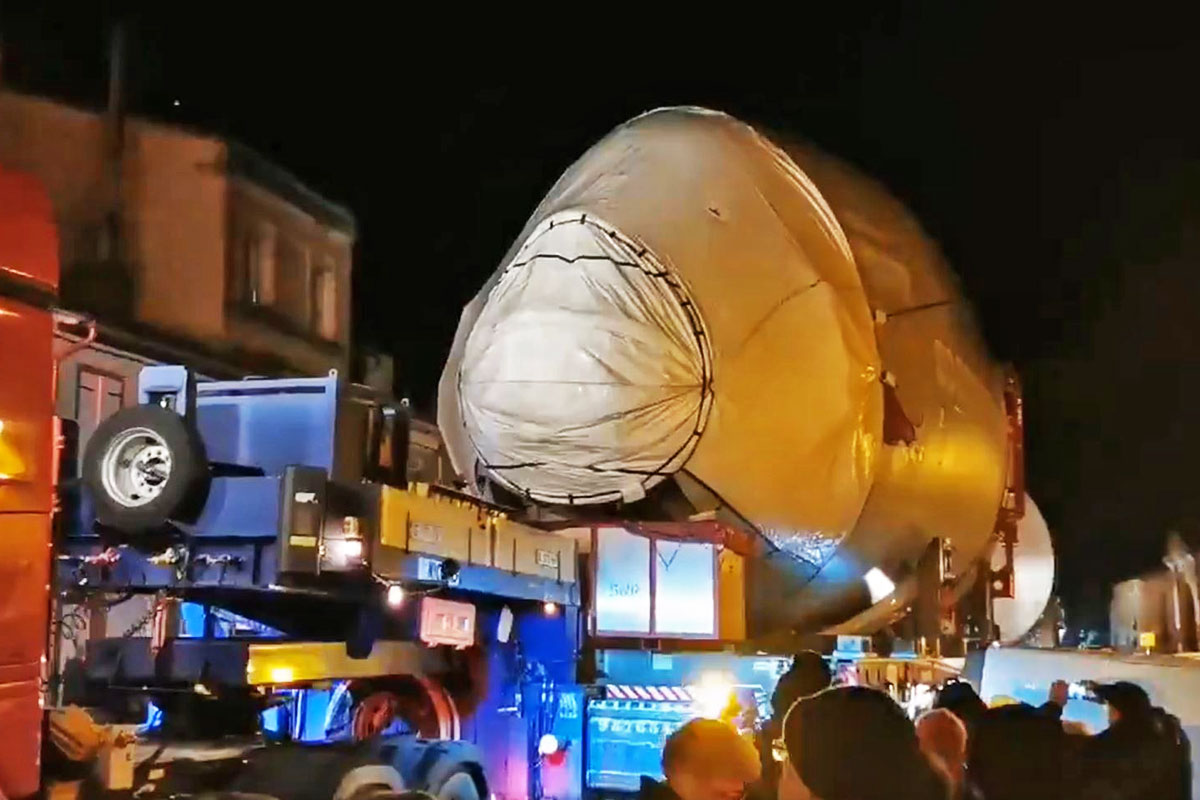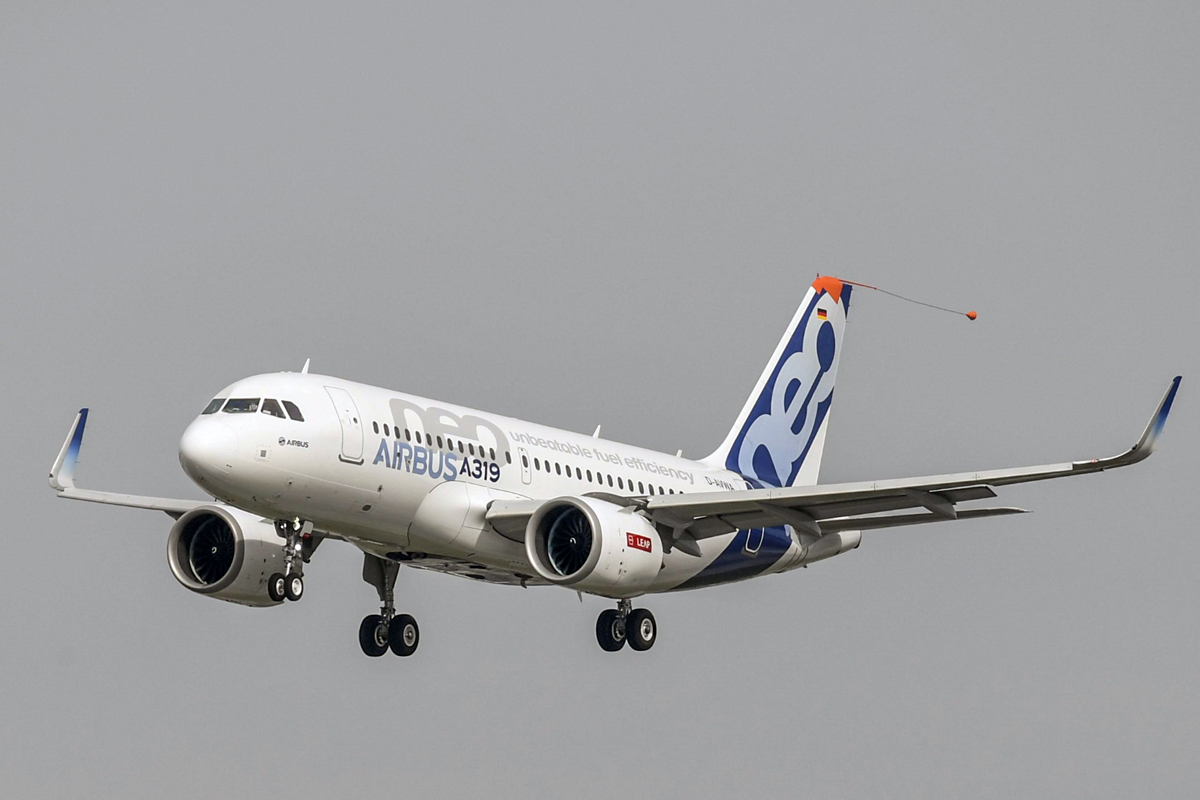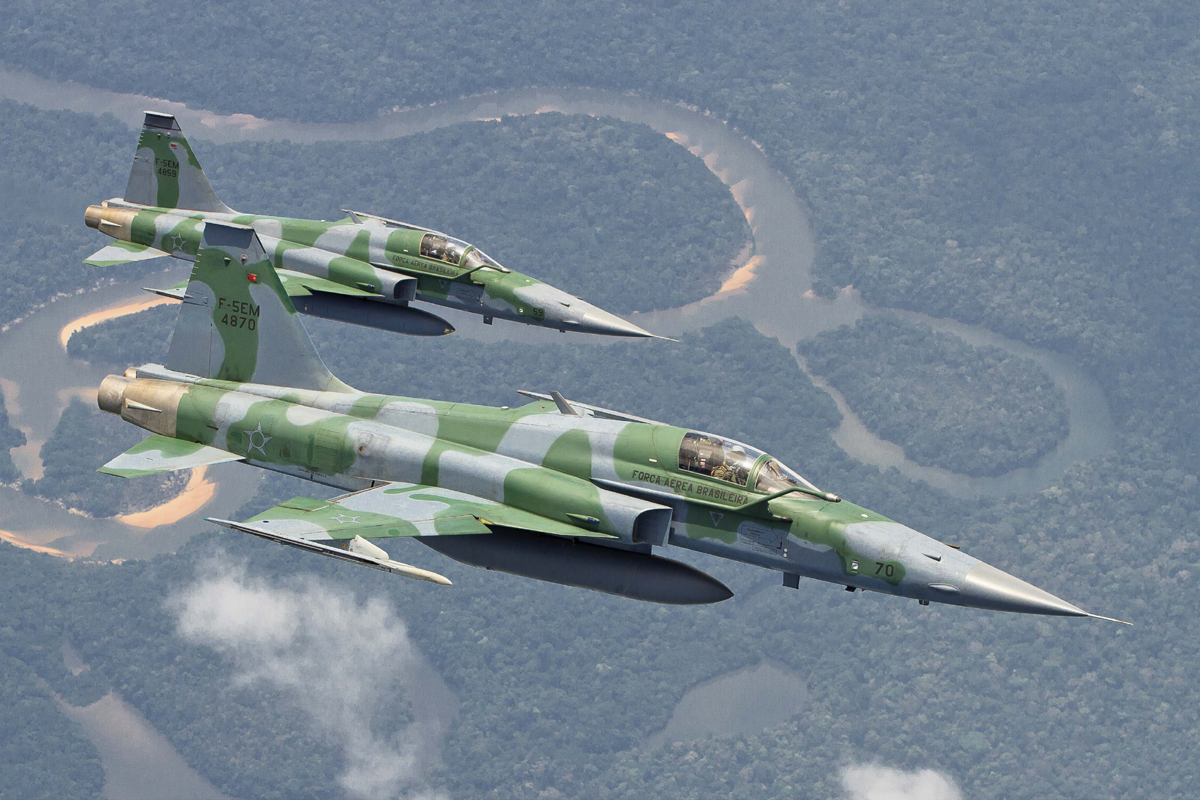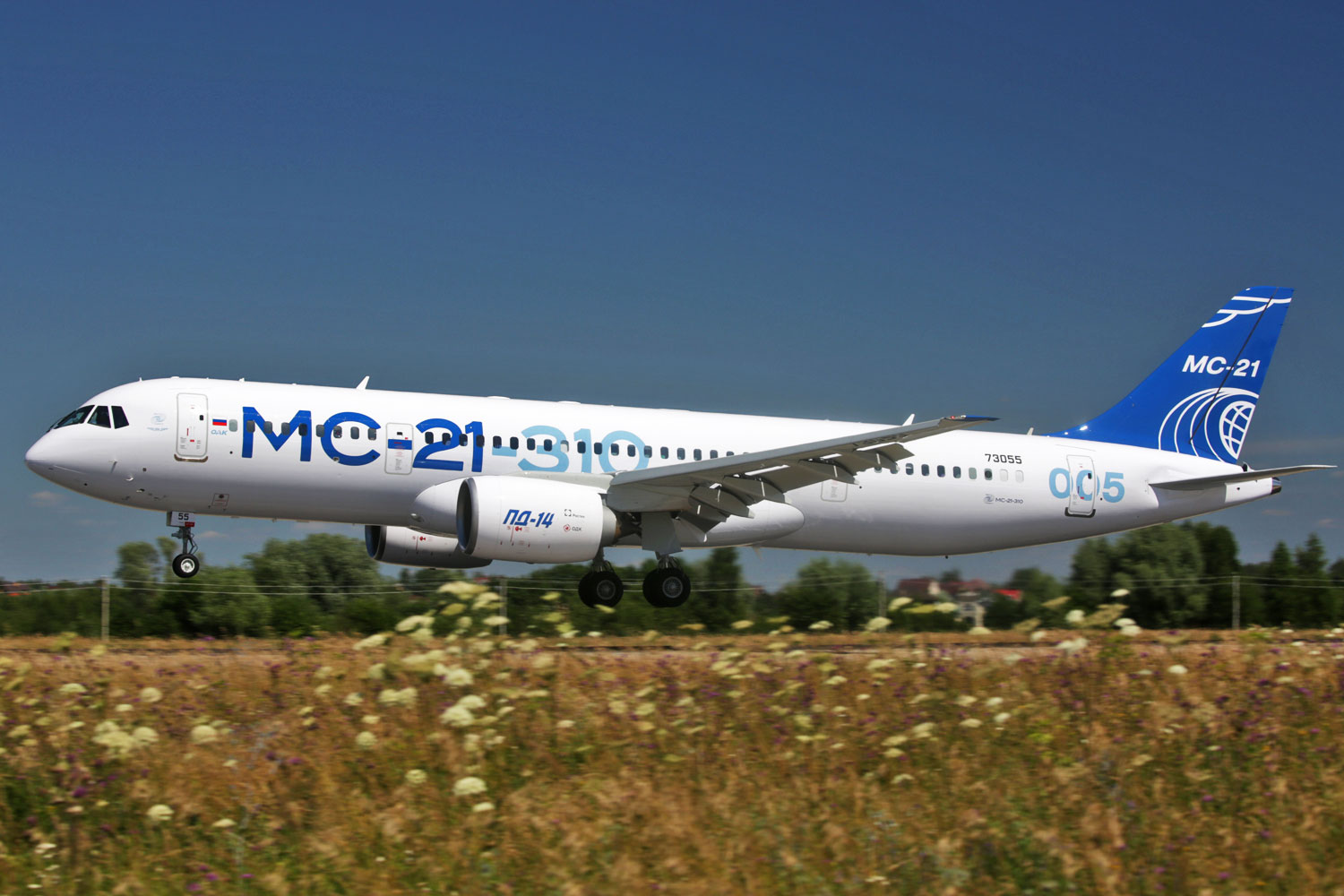The small town of L’Isle-Jourdain, in the south of France, had a special and sad day this week. The place is known for being a stopping point for trucks transporting the immense parts of the A380, the largest commercial jet in the world. And this Wednesday, the 27th, it was the turn of the last convoy to go to Toulouse, where the aircraft will be completed by Airbus.
Only the tail of the A380 is transported by Beluga aircraft while the other components go by ship or truck from its factories in Hamburg, Cadiz, Saint-Nazaire and Broughton, among others. These parts are then accommodated in huge trucks traveling at a speed of 18 km per hour to Jean-Luc Lagardère, where Airbus’ main plant is located.
The final aircraft transported this week will be delivered to Emirates Airline in 2021. It will be the 251st A380 produced in series, a routine that began in 2007 with the delivery of the first aircraft to Singapore Airlines. In addition to it, Airbus still has eight other jets to be completed, including a unit for ANA – the rest will be sent to the airline in the Middle East.
Assembly and disassembly
The A380’s career proved to be extremely short. Between the first commercial flight and the delivery of the last plane, only 14 years have passed, a period much shorter than its rival, the Boeing 747, which completed 50 years in operation in January.
The final #A380 convoy drive through the streets of Levignac near Toulouse heads to the final assembly line. ? #AvGeek pic.twitter.com/uvWR1StyzV
— Aviation Toulouse (@Frenchpainter) February 26, 2020
A few months ago, the first of these planes was dismantled in France and the number of decommissioned jets is expected to grow more and more since they have not attracted the interest of other airlines, with the exception of one unit, leased to the Portuguese company Hi-Fly.
Created to be the solution for congested airports, the massive plane quickly became obsolete in the face of the advancement of aircraft such as the 787 and A350. With four engines and difficult to operate logistics, the A380 found its use precisely in Emirates Airline, which uses more than a hundred of them as the main aircraft of its hub in Dubai.
But even the biggest A380 customer may change his mind if the 777X, the world’s largest twin-engine jet, proves to be as efficient as it promises. With a high passenger capacity, the new Boeing plane could be an alternative to Emirates’ dense and long routes, which is expected to receive the first 777-9 in early 2022, when the A380 has already left the assembly line.
